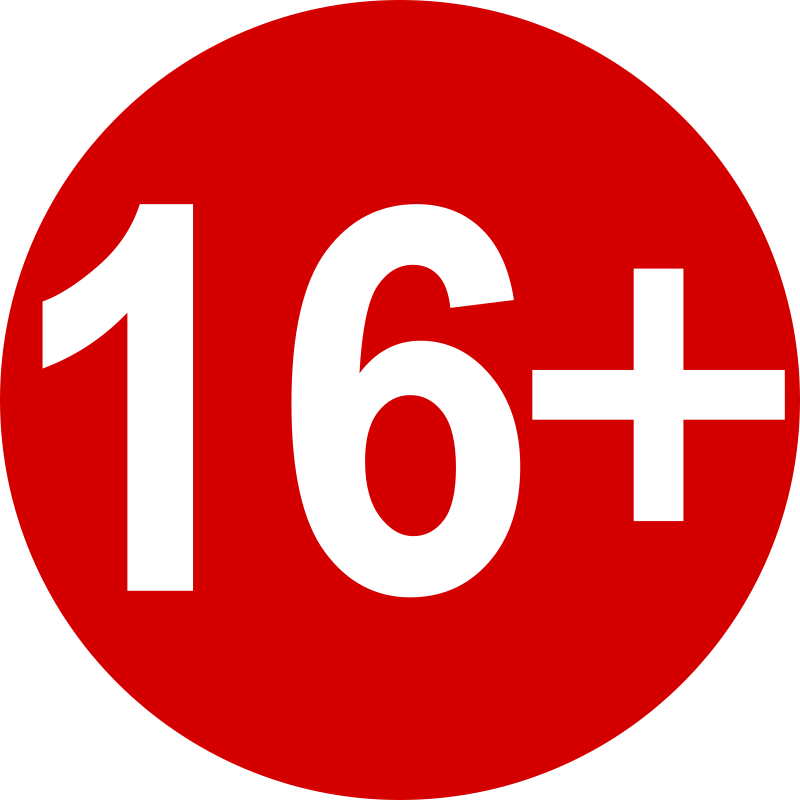Age Verification

This website requires you to be 16 or over, Please confirm you are over 16

This website requires you to be 16 or over, Please confirm you are over 16
We have placed cookies on your device to help make this website better. You can adjust your cookie settings, otherwise we'll assume you're okay to continue.
Recommended Posts
Join the conversation
You can post now and register later. If you have an account, sign in now to post with your account.